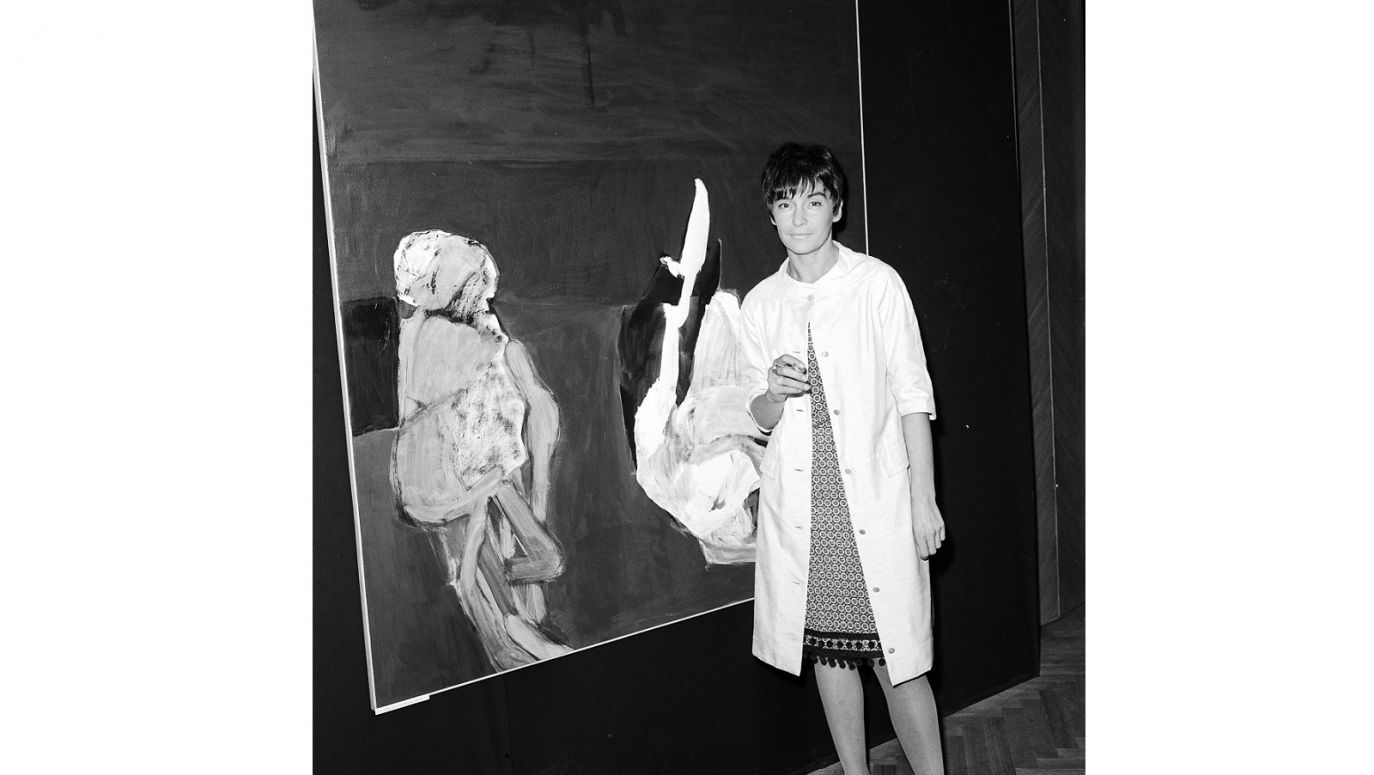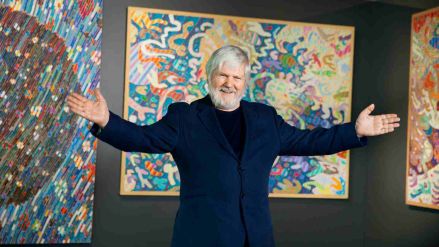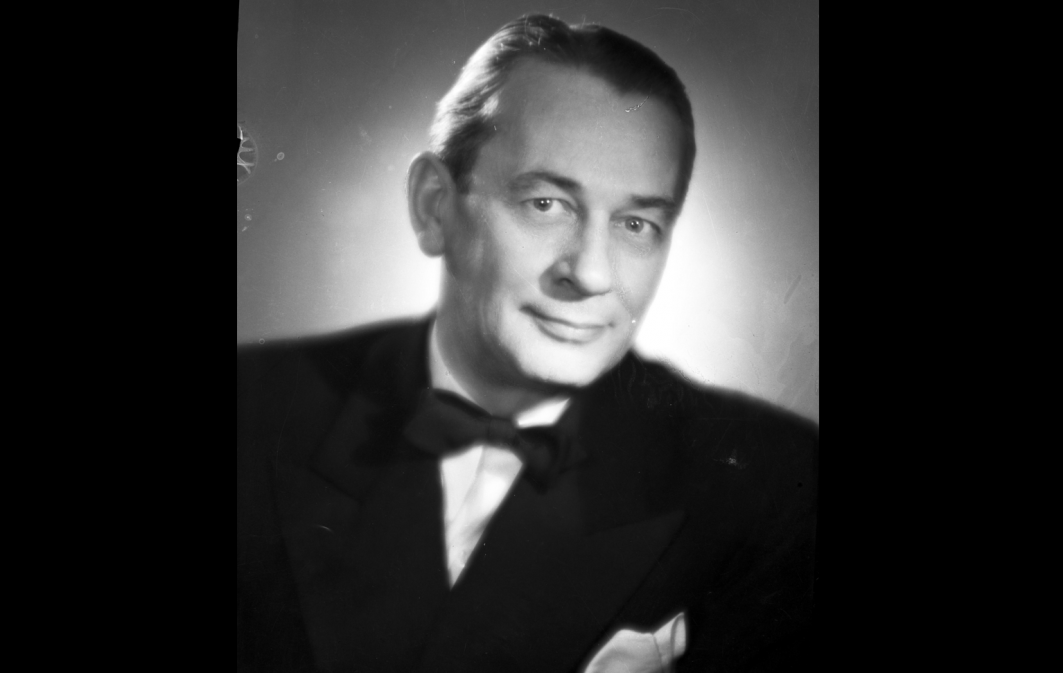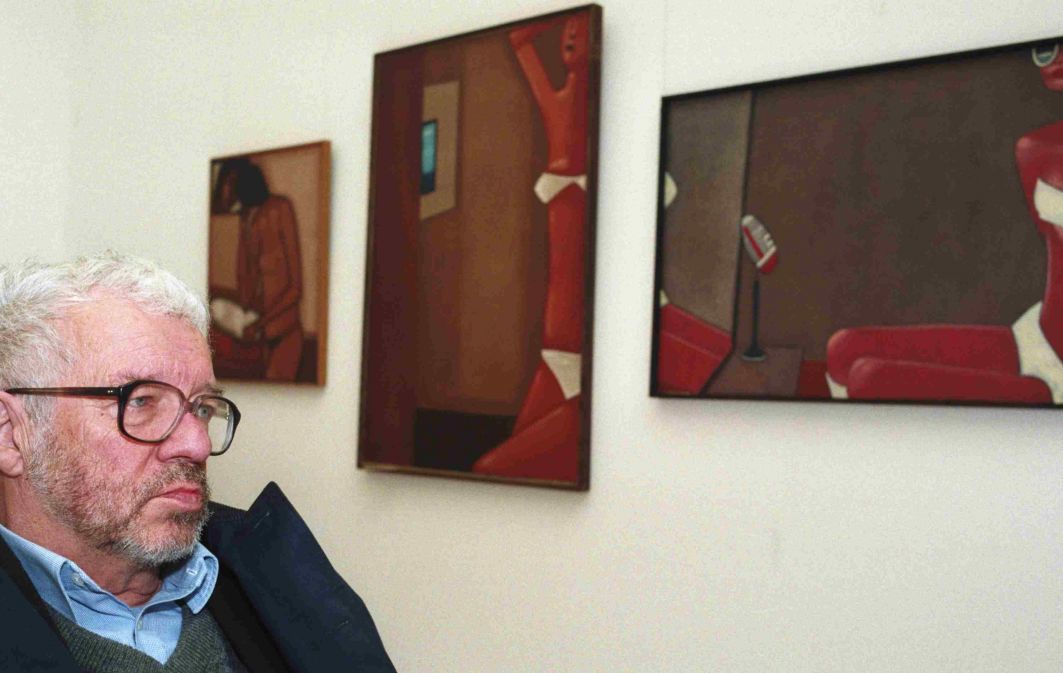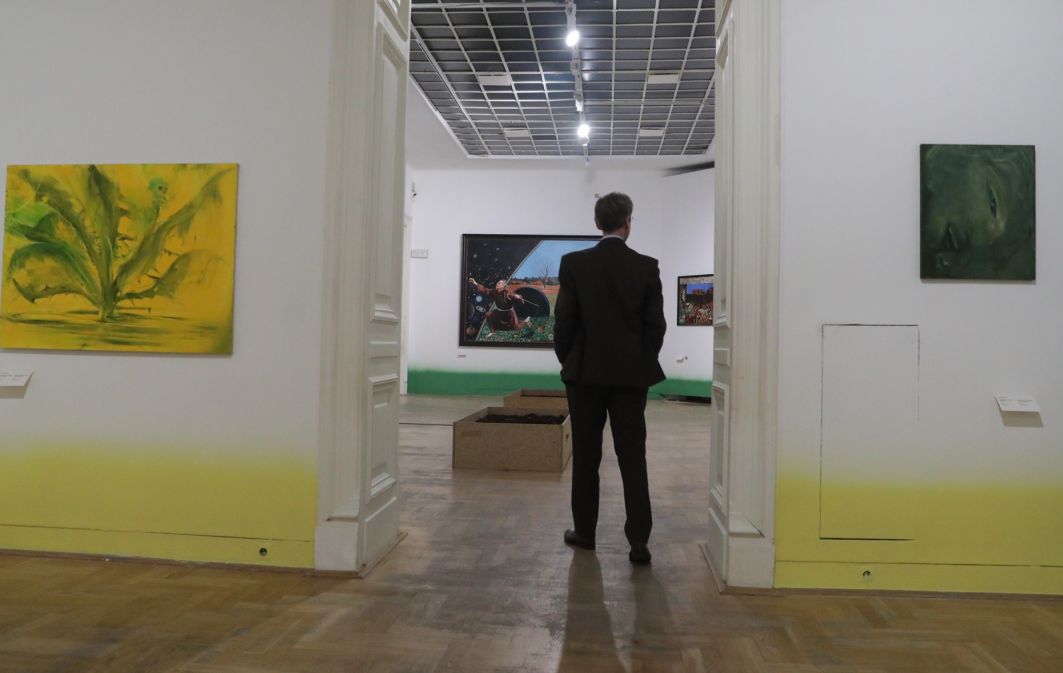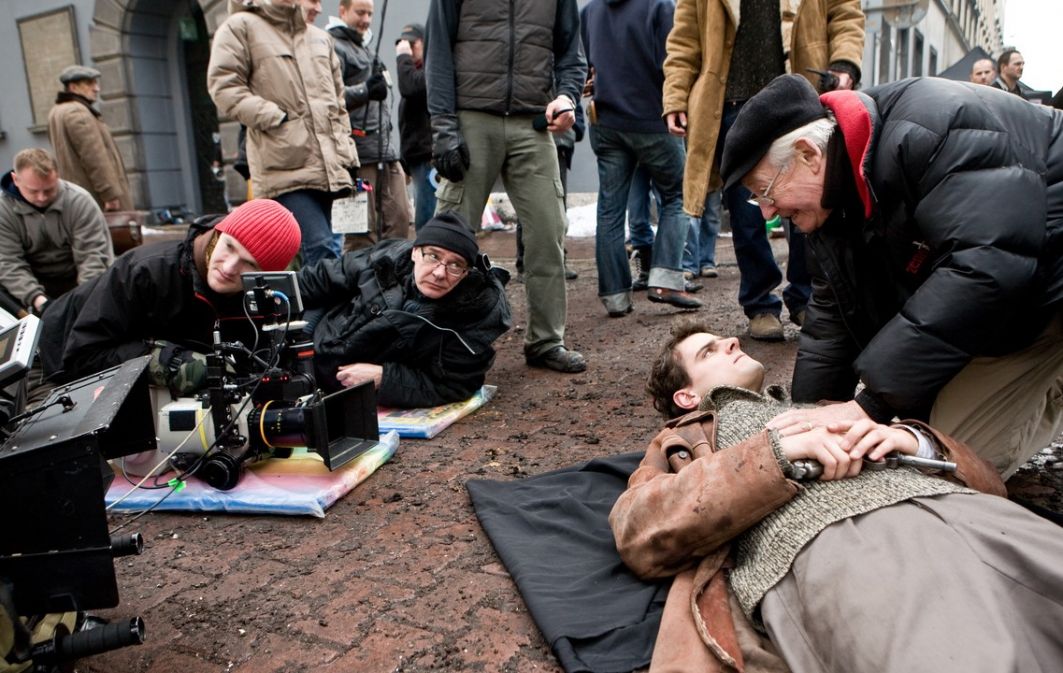Teresa Pągowska (1926-2007)
She would have been celebrating her 96th anniversary – but she left us 15 years ago. We were in close contact though I wouldn’t dare call it a friendship. Surely, she proposed that we get onto first-name terms – but many said to and about her “Teresa”. Only her husband tenderly called her “Tesulka”. In turn, he was affectionately called “Henio” in his milieu which by no means did diminish Henryk Tomaszewski’s position in the world of art. Both Teresa Pągowska and Henryk Tomaszeski let people in only as much as it suited them.
Yes, Teresa liked my texts; she thought I was accurately interpreting her art; she was happy to have long conversations, give interviews.... And I had an admiration not so much for her, but for her paintings. I peregrinated to some of Pągowska’s exhibitions out of Warsaw to report on them later.
It has been two decades since her presentation at the Sopot State Gallery of Art (Państwowa Galeria Sztuki – PGS), then located in a not very representative single-storey building, which has long since been demolished. But the surroundings didn’t matter, what mattered were Teresa’s canvases. That show was accompanied by another event - awarding the artist with an honorary doctorate at the Academy of Fine Arts in Gdańsk.
 SIGN UP TO OUR PAGE
SIGN UP TO OUR PAGE

Now (since 2009) the PGS has been located in a fat seat at Zdrojowy Square, in the Sheraton hotel complex.
Playing hide-and-seek
I thought about this while looking at her paintings displayed at the current exhibition entitled “Deeper Than My Knowing”. A well-chosen quote. One can say the essence of Pągowska’s art.
I remembered her fragile, with the years almost filigree figure. Why would she gain weight, since she ate mainly tea, sometimes something stronger, ate as much as nothing, and she worked furiously physically – because painting means standing for many hours, walking, extracting energy-consuming tension, concentration and emotions.
Pągowska herself described the painting process as following: “It’s tension combined with the ease close to flying is born in these many hours of work, which is hard work of a craftsman-poet. This is when the preservation of the childish joy of painting is combined with the maximum control that allows seeing so sharp, so clear, that the impossible and unexpected (”faddish and unpredictable”) will come into being on the canvas, transformed into pure form.
It was not only creativity and teaching work that absorbed her strength. Teresa piloted each of her exhibitions, sometimes becoming a nuisance for the curators. When she did not accept the arrangement, she corrected the curatorial decisions politely, but in a form which didn’t tolerate objections. She was able to change the arrangement of works at the last moment, even take them off the walls or replace them with others. Everything had to be as she imagined.
And something else: Teresa, with admirable care and tenderness, took care of her sick husband, Henryk Tomaszewski, for several years – but I will talk about their relationship in another paragraph.
All this seemed to overwhelm her frail strength – but in some inexplicable way she replenished her energy reserves. What’s more, she was able to maintain elegance always and everywhere. It was clear from the first glance that she was a real lady.
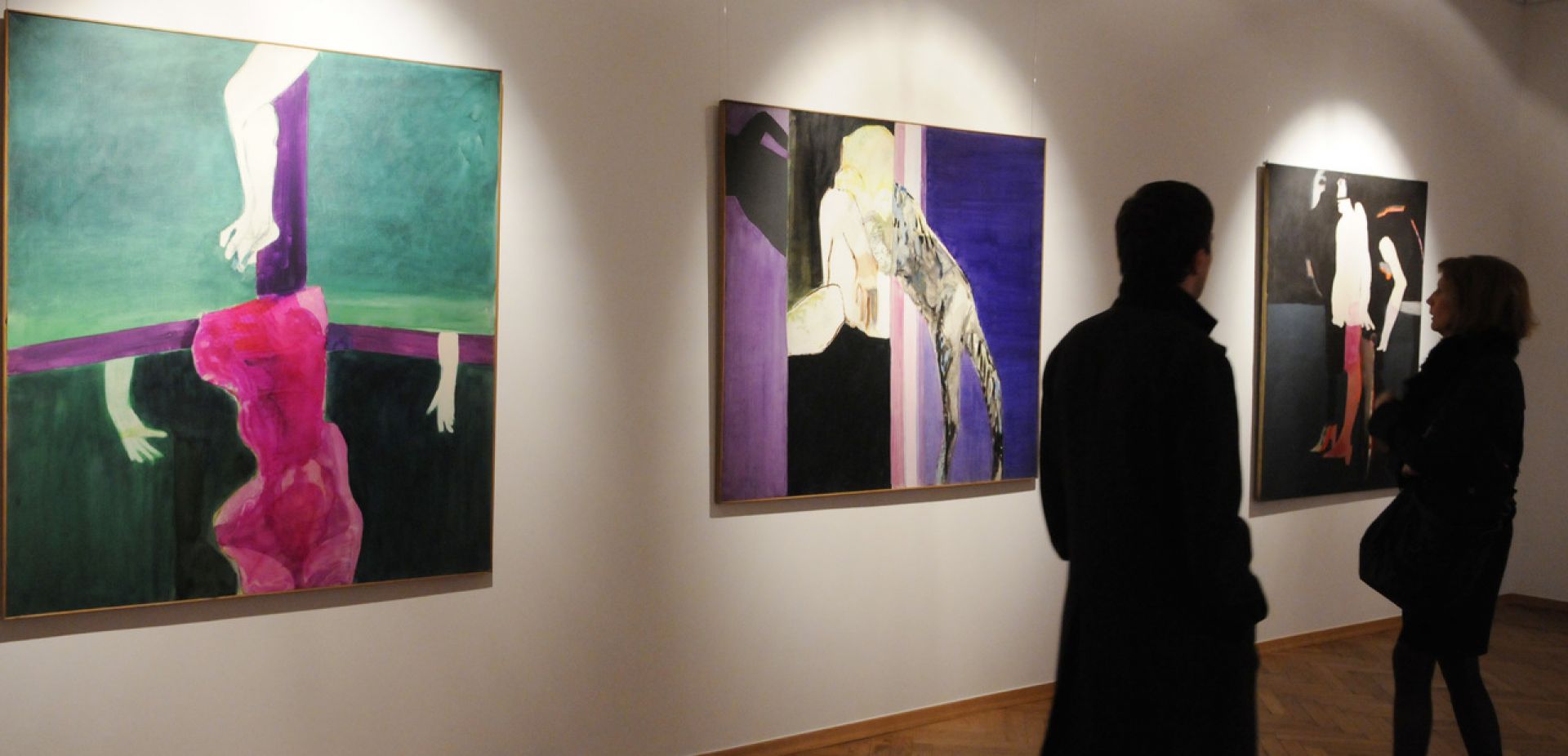
 SIGN UP TO OUR PAGE
SIGN UP TO OUR PAGE
 Now (since 2009) the PGS has been located in a fat seat at Zdrojowy Square, in the Sheraton hotel complex.
Now (since 2009) the PGS has been located in a fat seat at Zdrojowy Square, in the Sheraton hotel complex.